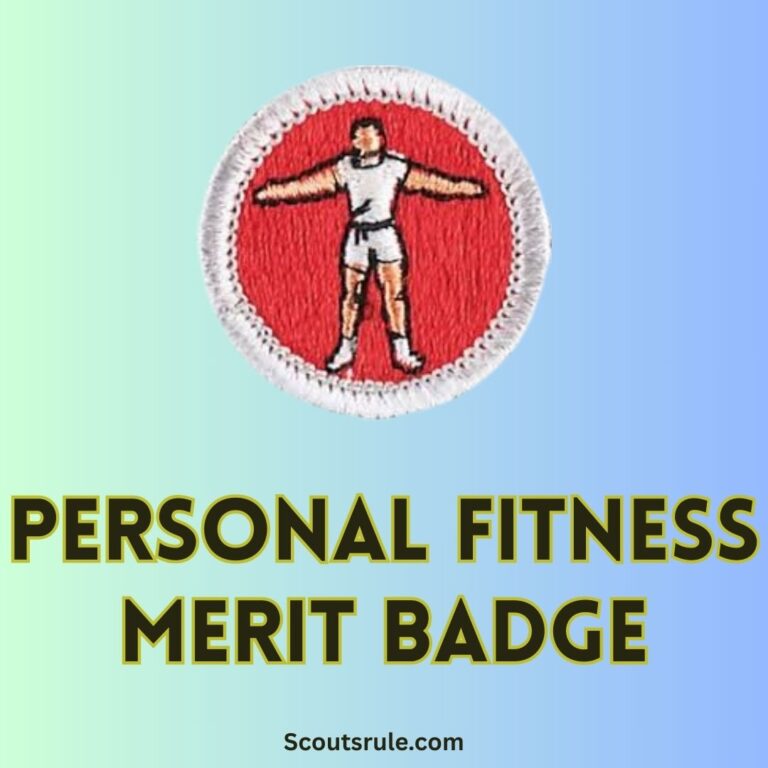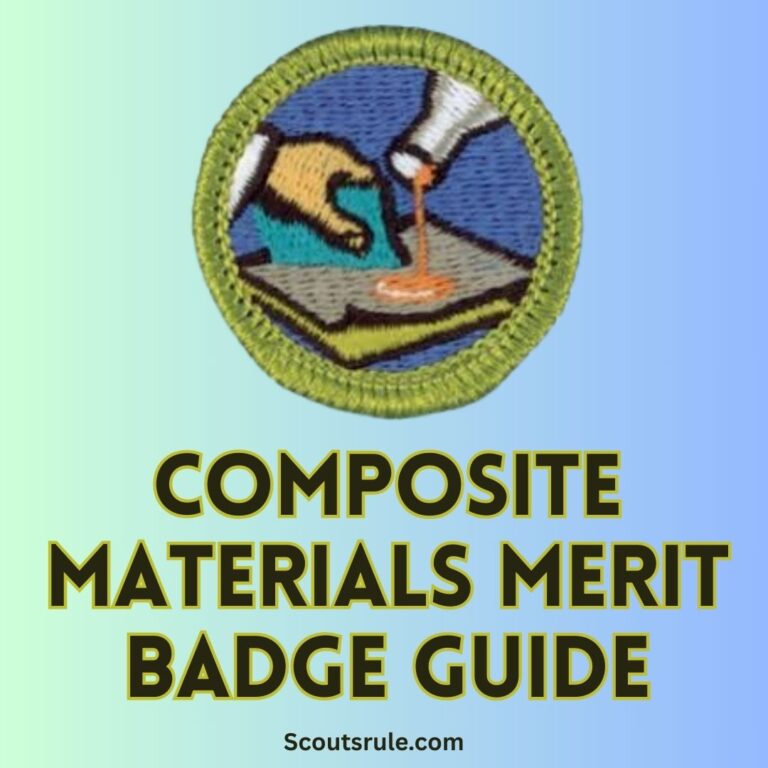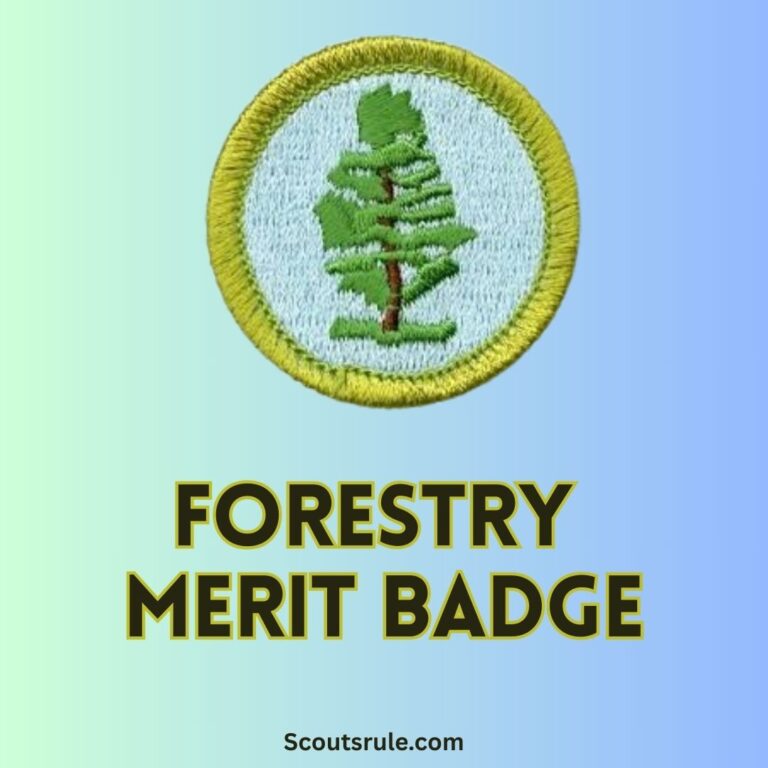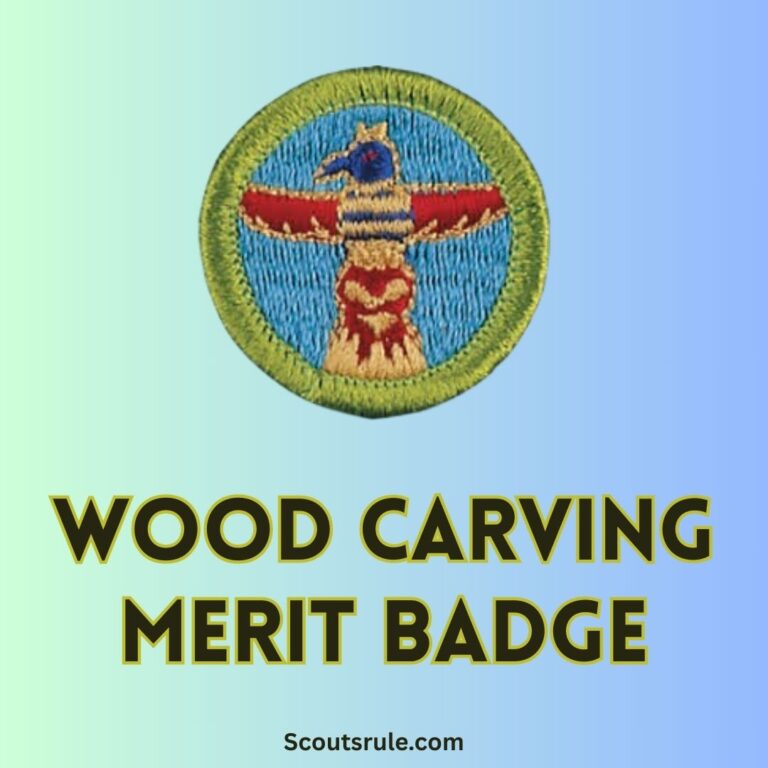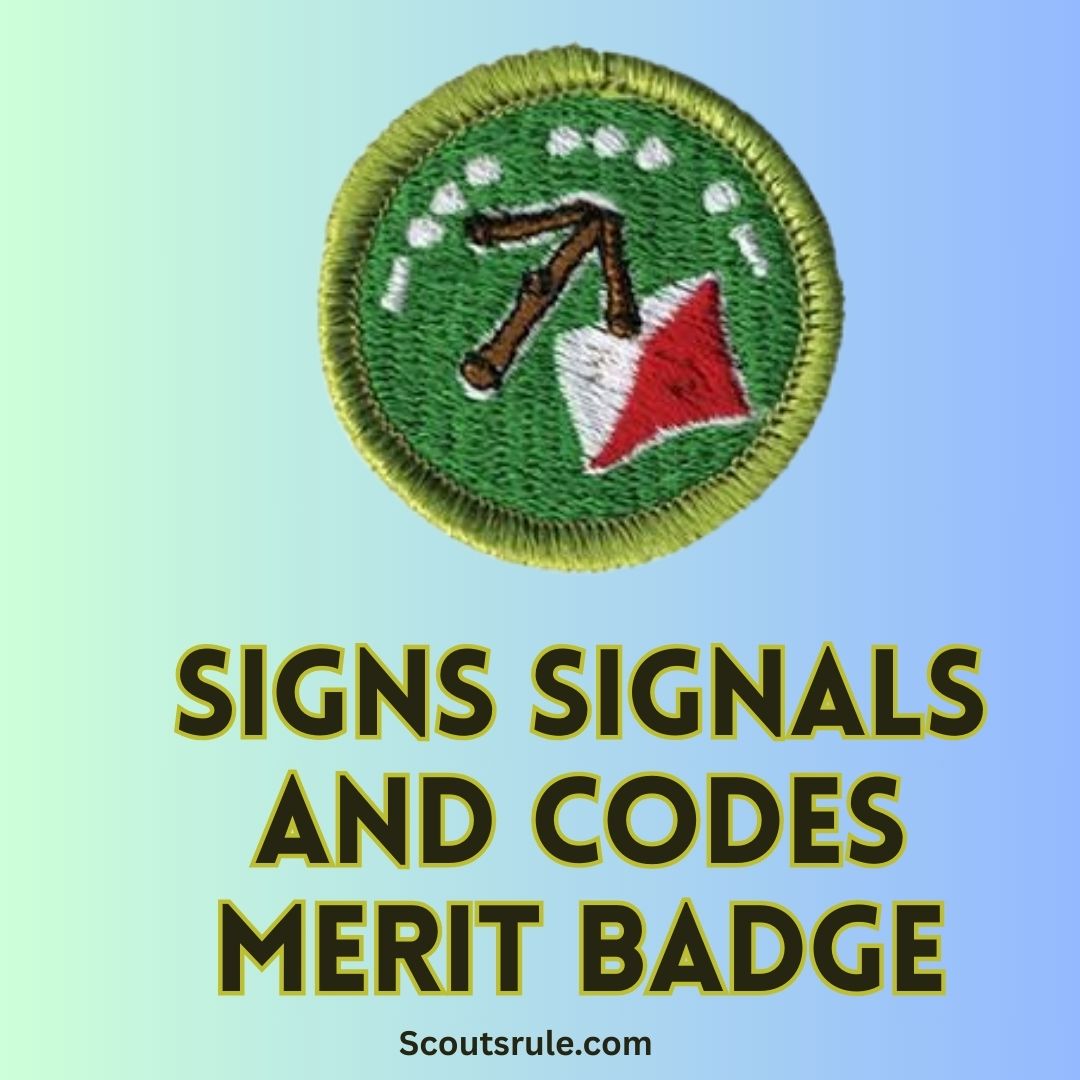
Below is a comprehensive guide to the Signs, Signals, and Codes Merit Badge. This guide is intended to provide an in‑depth overview of the subject matter, project ideas, and documentation suggestions to help you meet the requirements of the badge. It is designed as a study aid and resource to enhance your learning and creativity in working with various forms of communication—from historical methods to modern emergency signals. Remember, this guide is meant to complement the official Boy Scouts of America (BSA) merit badge pamphlet. Always work closely with your merit badge counselor and refer to the current official guidelines to ensure your projects and documentation meet local council standards.
Post Contents
- Introduction: The Role of Signs, Signals, and Codes
- 2. Purpose and Objectives of the Merit Badge
- 3. Understanding Communication Methods
- 4. Emergency Communication and Signaling
- 5. Morse Code: Fundamentals and Practice
- 6. American Sign Language (ASL): Overview and Demonstration
- 7. Hands‑On Activities and Projects
- 8. Documentation, Record Keeping, and Presentation Strategies
- 9. Additional Tips, Resources, and Career Connections
- Conclusion: Enhancing Communication Skills for a Lifetime
Introduction: The Role of Signs, Signals, and Codes
Communication is fundamental to human interaction. Before the advent of modern technology, signs, signals, and codes were vital for conveying messages quickly and efficiently over long distances. Today, these methods continue to serve essential functions in emergency communications and specialized fields such as maritime navigation, military operations, and aviation. The Signs, Signals, and Codes Merit Badge explores these communication methods from historical and practical perspectives. Through hands‑on projects, you will learn to interpret and use different coding systems and understand how they have shaped communication in both everyday life and critical situations.
─────────────────────────────
2. Purpose and Objectives of the Merit Badge
The primary goals of the Signs, Signals, and Codes Merit Badge are to:
- Educate You About Communication History: Understand how different methods—ranging from visual signals to coded transmissions—evolved and their importance in sharing information.
- Develop Practical Skills: Gain hands‑on experience in using various signaling methods, including Morse code and American Sign Language (ASL), and learn to create and interpret visual signals for emergencies.
- Enhance Critical Thinking and Problem Solving: Analyze how these communication systems work, their advantages and limitations, and why certain methods are preferred in specific contexts.
- Promote Safety and Emergency Preparedness: Familiarize yourself with emergency signals designed to attract help, and learn the protocols for using these signals effectively in outdoor or disaster scenarios.
- Explore Career Opportunities: Discover potential fields where expertise in communication systems is crucial (for example, in maritime or aviation industries, emergency management, or military communications).
Through these objectives, you will build a foundation in both the theoretical and practical applications of signs, signals, and codes.
─────────────────────────────
3. Understanding Communication Methods
3.1 The Importance of Signs, Signals, and Codes
Throughout history, people have used visual motifs, gestures, and coded messages to organize societies and conversely to navigate crises. In this badge, you will learn:
- Why These Methods Were Developed: To overcome language barriers, long distances, and limited technology—and how they continue to provide efficient ways to communicate when conventional channels fail.
- How They Enhance Safety: For example, emergency signals can save lives by alerting rescuers to a person’s location.
Reflect on how the evolution of these communication methods reflects human ingenuity and the continuous need for effective, reliable information exchange.
3.2 A Brief History and Evolution
Provide a historical overview by addressing:
- Early Communication: Explain the use of smoke signals, drum beats, or semaphore flags by various cultures.
- Development of Coded Systems: Introduce Morse code as a revolutionary method in the 19th century that transformed telegraphic communications.
- Modern Applications: Discuss how simple visual signals are still used in maritime and aviation contexts, and how American Sign Language has grown into a primary means of communication for the Deaf community.
Your answer should incorporate both historical context and illustrate modern applications, emphasizing the link between the old and the new.
─────────────────────────────
4. Emergency Communication and Signaling
4.1 Methods of Signaling in Emergencies
Emergency signals are designed to be understood quickly and clearly. In this section, discuss:
- Common Visual and Audible Signals: Such as the internationally recognized SOS signal, flare usage, or signal mirrors.
- Situational Examples: Describe scenarios like being lost in the wilderness or needing to attract search-and-rescue teams during a disaster. Explain which signals are most effective in each case.
4.2 Visual and Audible Distress Signals
- Visual Signals: Include flags, mirrors, lights, or hand signals (such as raising both arms above the head in an “X” shape).
- Audible Signals: Describe whistle blasts, horns, or even creating rhythmic sounds (like tap codes) that can be decoded.
- Importance of Clarity: Emphasize that the effectiveness of these methods relies on their visibility and audibility, particularly against environmental noise and obstacles.
4.3 Documenting Signaling Examples
Create a section with photos, drawings, or diagrams that illustrate:
- Standard Emergency Signal Patterns: For instance, create a visual chart of the Morse code for SOS or hand signals used internationally.
- Practical Applications: Discuss how you might use these signals in a field exercise or during a controlled demonstration.
─────────────────────────────
5. Morse Code: Fundamentals and Practice
5.1 What Is Morse Code?
Morse code is a system of encoding textual information as sequences of dots (short signals) and dashes (long signals). Originally developed to transmit messages over telegraph lines, Morse code is still used in various emergency and amateur communications today.
- Components: The basic building blocks are the dot and dash. Letters, numbers, and punctuation are formed by combining these elements.
- Advantages: Morse code can be transmitted visually (with flashing lights), audibly (through tapping or beeping), and even by radio signals.
5.2 Methods to Transmit Morse Code
Morse code can be sent in different ways:
- Audible: Via beeping sounds or manual tapping.
- Visual: Using a signal mirror, flashlight, or even hand gestures with a blinking motion.
- Electronic: Integrated into radio communications or digital devices.
5.3 Demonstration: Spelling Your Name and Sending a Message
Your task will typically involve:
- Spelling Your Name: Using Morse code, either by writing it out as a series of dots (•) and dashes (–) or by transmitting the sequence via light or sound.
- Sending/Receiving a Message: Practice sending or receiving a short message of six to ten words. Document your process:
- Write down the translation from text to Morse code.
- Record how you sent (or received) your message, whether by tapping, flashing, or using any other method.
Keep clear records of the communication exercise as part of your documentation.
─────────────────────────────
6. American Sign Language (ASL): Overview and Demonstration
6.1 What Is ASL?
American Sign Language (ASL) is a complete language that has its grammar, vocabulary, and cultural traditions. It is the primary language for many deaf and hard-of-hearing individuals in the United States and parts of Canada.
6.2 Demonstration: Spelling Your Name and Sending a Message in ASL
Your task includes:
- Spelling Your Name: Use the ASL manual alphabet to spell your first name. You might use printed charts or instructional videos to learn the correct hand shapes.
- Sending or Receiving a Short Message: Practice conveying a message of six to ten words using ASL. You can record your performance on video or create clear photographs that capture each hand sign.
Discuss what you learned about ASL’s role in communication, how hand shapes and movements convey meaning, and the challenges involved in mastering a visual language.
─────────────────────────────
7. Hands‑On Activities and Projects
Practical exercises will help solidify your knowledge and skills:
- Field Demonstration: Organize a demonstration of emergency signals. For example, set up a simple exercise where you use a flashlight to signal in Morse code or simulate distress signals using hand gestures.
- Signal-Making Workshop: Work with peers to create flashcards or poster boards that illustrate various emergency and distress signals. Include both Morse code and ASL representations.
- Research and Report: Write a short research report on the evolution of communication methods, focusing on how traditional signaling systems led to digital communications. Include examples and illustrations.
Document every step of your practical work with notes, photographs, or video recordings. Reflect on challenges encountered, successes achieved, and the practical applications of these communication techniques.
─────────────────────────────
8. Documentation, Record Keeping, and Presentation Strategies
Maintaining thorough records is essential for meeting Merit Badge requirements and later reviewing what you’ve learned.
- Observation Journal: Keep a dedicated notebook (or digital document) for recording all activities related to this badge. Include dates, descriptions of experiments, sketches of signal methods, and reflections.
- Visual Documentation: Take clear photos or videos of your emergency signal demonstrations, Morse code transmissions, and ASL sessions. Annotate these with relevant details.
- Portfolio Organization: Divide your portfolio into sections corresponding to each requirement. Use a table of contents to help your counselor locate the specific documentation.
- Final Presentation: Prepare a final presentation (such as a slide show or poster) that summarizes your projects, highlights your most important findings, and reflects on how these methods of communication have both historical and modern significance.
─────────────────────────────
9. Additional Tips, Resources, and Career Connections
Additional Tips
- Practice Regularly: Frequent practice will improve your proficiency in both Morse code and ASL. Work with family or friends to send and receive simple messages.
- Engage in Peer Discussions: Join or form a group with fellow Scouts interested in communication. Sharing experiences and techniques can offer fresh insights.
- Utilize Technology: Use smartphone apps for Morse code practice or ASL tutorials. Many free resources are available to help you learn correct techniques.
- Explore Historical Contexts: Visit local museums or search for online exhibits that explore the history of communication signals. Understanding the context can deepen your appreciation for these systems.
- Reflect on Applications: Consider how these communication methods are used today—whether in emergency response, sports, aviation, or maritime navigation.
Resources
- Official BSA Materials: Always refer to the official Signs, Signals, and Codes Merit Badge pamphlet for precise wording and requirements.
- Websites and Online Tutorials: Websites like YouTube offer tutorials on both Morse code and American Sign Language. Websites designated for emergency preparedness can provide additional details on distress signals.
- Books and Museums: Look for books on the history of communication or visit local museums for exhibits related to signaling and code systems.
- Local Community Workshops: Check community centers or local emergency services for demonstrations on using visual and audible signals.
Career Connections
Proficiency in communication systems is relevant in various careers, such as:
- Emergency Management and Rescue Operations: Expert knowledge of distress signals and communication protocols is valuable in emergency response teams.
- Aviation and Maritime Industries: Professionals in these fields rely on visual signals and codes for safe navigation and operations.
- Broadcasting and Telecommunications: Understanding communication codes underpins areas of radio, internet technology, and public safety communications.
- Sign Language Interpretation: ASL expertise leads to careers in education, interpretation services, and advocacy for the Deaf community.
Explore these careers by interviewing local professionals or researching educational programs related to communications, emergency management, or language studies.
─────────────────────────────
Conclusion: Enhancing Communication Skills for a Lifetime
The Signs, Signals, and Codes Merit Badge takes you on a comprehensive journey through the art and science of communication, blending historical insight with practical, hands‑on learning. By studying traditional signaling systems like Morse code and American Sign Language, and by engaging in real-world applications such as emergency distress signaling, you deepen your understanding of how humans transmit critical messages under a variety of circumstances.
The skills you develop in this badge—ranging from technical proficiency and careful documentation to creative expression and problem solving—are applicable in many aspects of modern life. Whether you’re preparing to act in an emergency or exploring a future career in communications or public safety, the lessons learned here will be invaluable.
As you document your progress, reflect on your improvements, and share your results with your peers and counselors, you become not only a better communicator but also a more informed and prepared individual. May your journey through the Signs, Signals, and Codes Merit Badge inspire you to always seek innovative ways to connect with others, to be vigilant and prepared in emergencies, and to appreciate the historical roots of our modern digital communications.
Happy signaling, and may the legacy of these time‑honored communication methods guide you toward a future of clear, effective, and compassionate interaction!

Hi, Robin here, A former lead Scout and here I share my inspiring stories about USA Scouts, leadership, adventure, how to guides and more.

